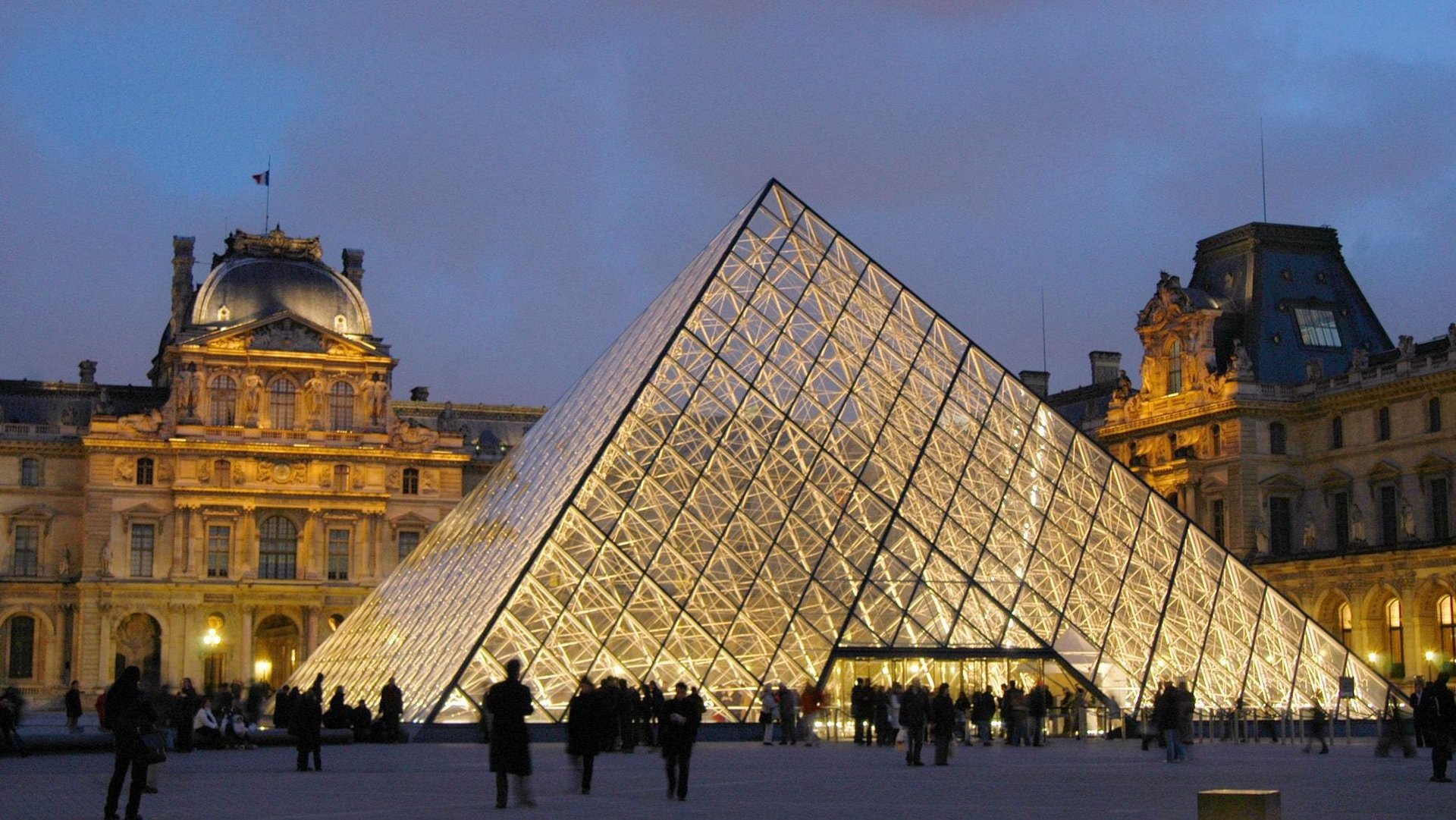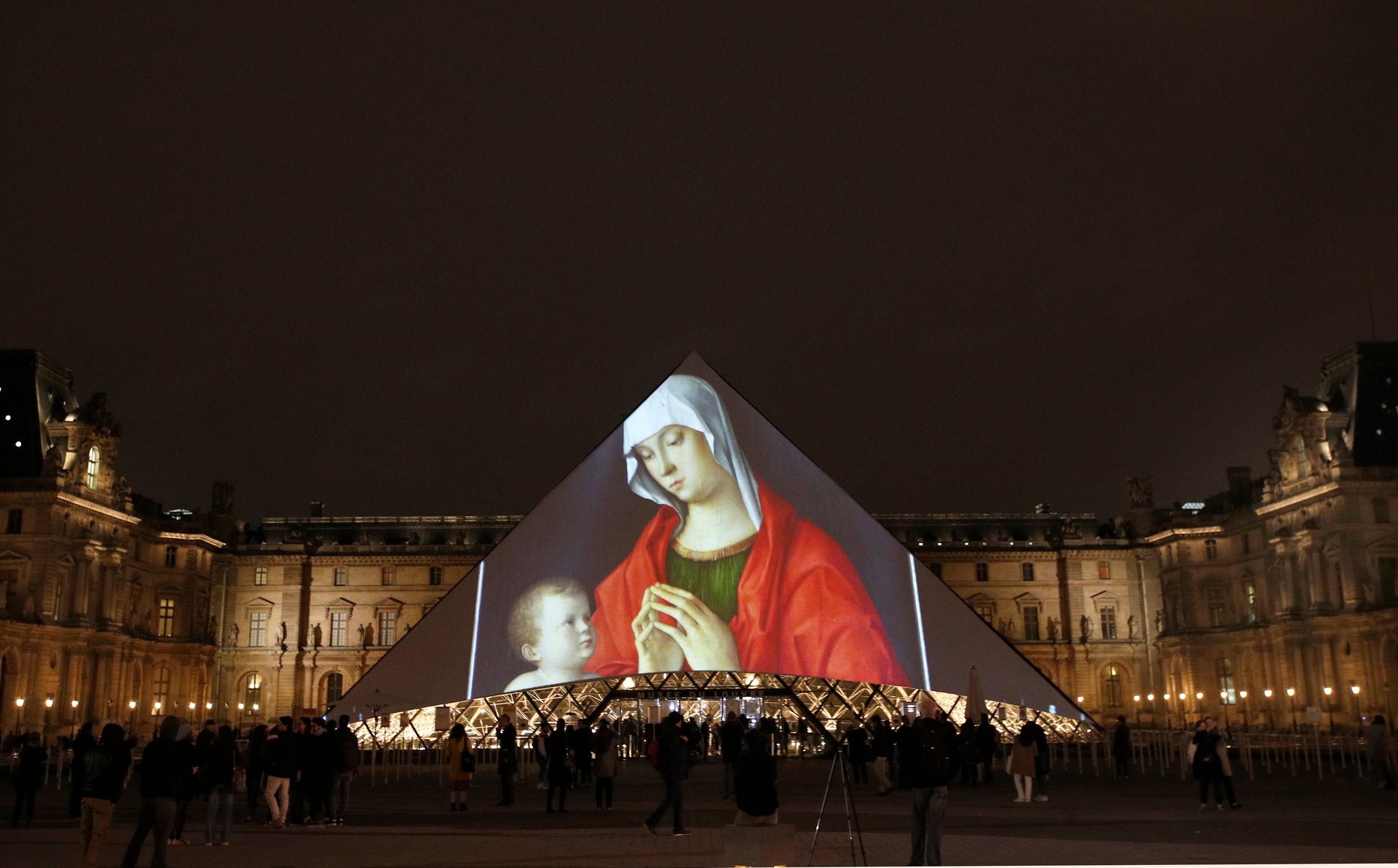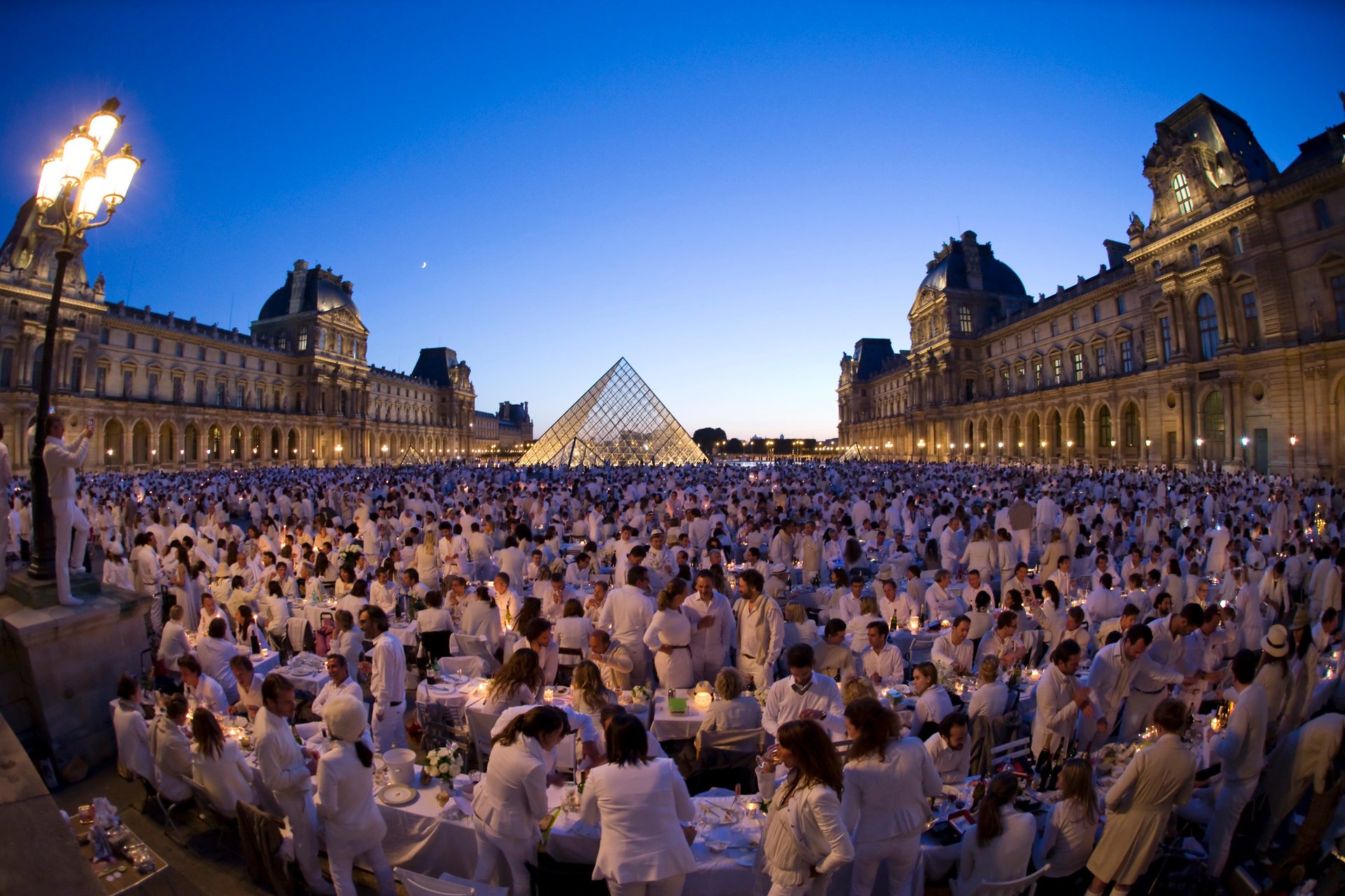“Gigantic, ruinous gadget”: The once-reviled Louvre Pyramid is celebrating 30 years
Thirty years ago, a “gigantic, ruinous gadget” appeared in the middle of Paris. The modern glass and metal pyramid in the Louvre museum’s courtyard so angered French traditionalists in 1989 that its Chinese-American architect, I.M. Pei, was hounded on the streets.


Thirty years ago, a “gigantic, ruinous gadget” appeared in the middle of Paris. The modern glass and metal pyramid in the Louvre museum’s courtyard so angered French traditionalists in 1989 that its Chinese-American architect, I.M. Pei, was hounded on the streets.
“The first year and a half was really hell,” said Pei, now 101, in a 2010 PBS documentary. “I couldn’t walk the streets of Paris without people looking at me as if to say: ‘There you go again. What are you doing here? What are you doing to our great Louvre?’”
Twenty-five years earlier, he told the New York times (paywall) about the initial reaction to his plan, which he unveiled in 1985: “One after another, they got up and denounced the project. My translator was so unnerved that she started to tremble. She was scarcely able to translate for me when I came to defend my ideas.”
But as with the outcry over the “useless and monstrous” Eiffel Tower in 1889, the French have had a change of heart about the Pyramide du Louvre, which proved be a genius solution. It unified the museum’s galleries, brought light to its subterranean spaces, gave it another entrance, and, perhaps most important, gave the centuries-old institution a distinctive symbol.

Today, Pei’s pyramid is heralded as a French monument. The structure has been the venue for public gatherings, fashion shows, screenings, and political rallies. It’s also been a favorite backdrop for tourists visiting the French capital. In large measures, Pei’s addition has helped the Louvre become Europe’s most popular museum on social media, with over 3 million geotagged images.

That number is bound to rise with the help of the newest stunt installation by French artist JR. Unveiled yesterday (March 29), a photo montage around the Louvre’s pyramid creates various optical illusions—at least for the people who can see it from above.
According to the Washington Post, the initial ground reaction in Paris has been lukewarm:
Instead of transporting attendees at Friday’s opening to an imagined landscape, it seemed to leave many very unseduced amid complaints they couldn’t see any optical illusion from the ground at all. Some even accused the art of elitism, saying they were disappointed that the only way to appreciate the installation was to get a special VIP pass to view it from a balcony.
Art lovers have only this weekend to decide whether they love or hate the installation. The paper collage will be on view until tomorrow, March 31.